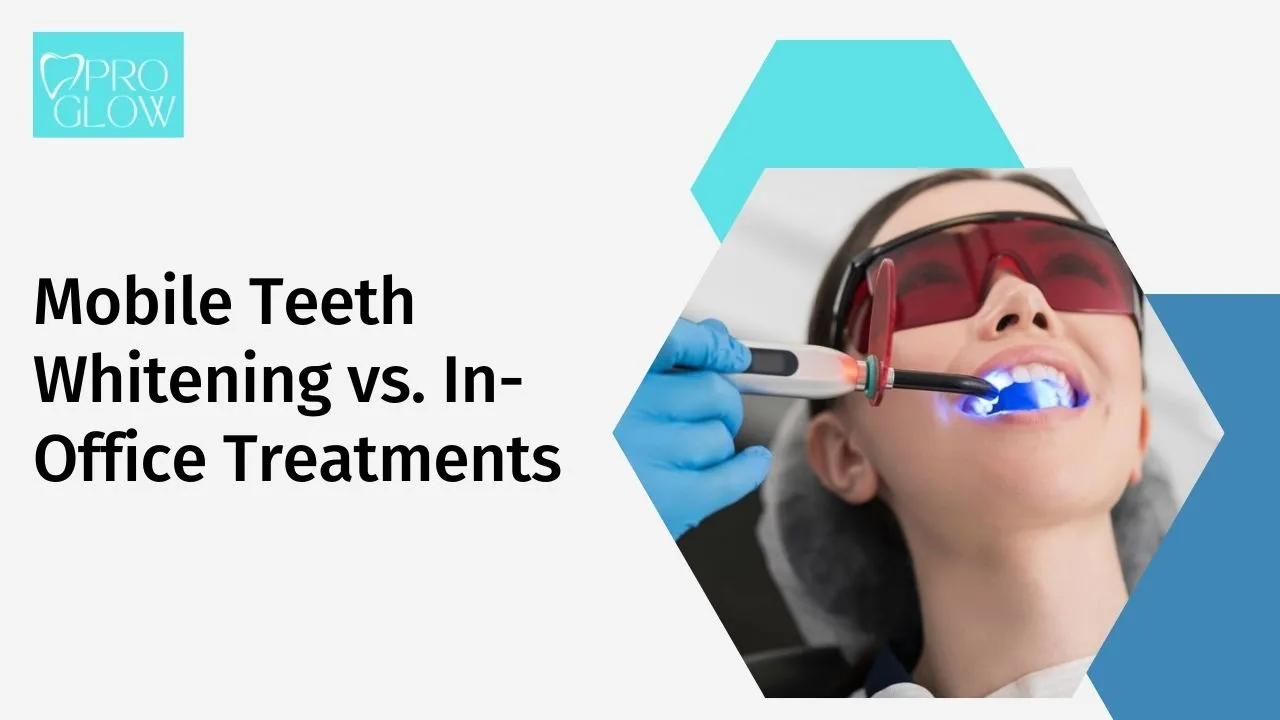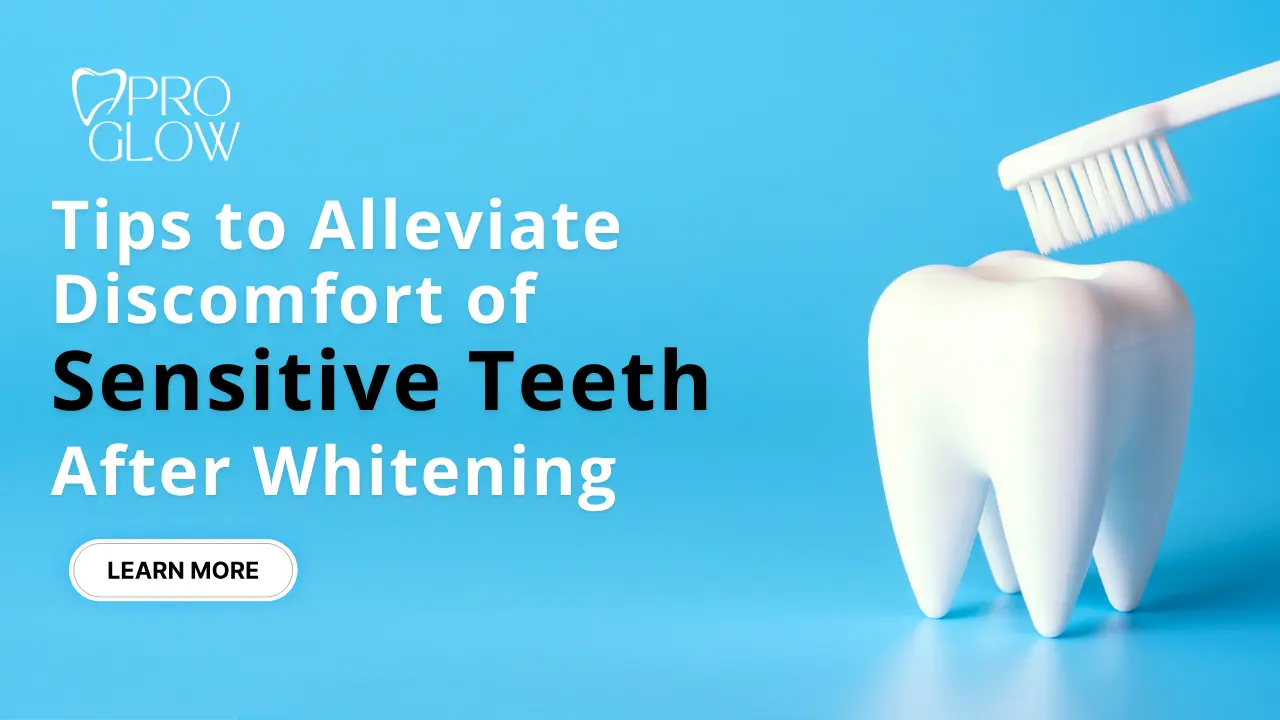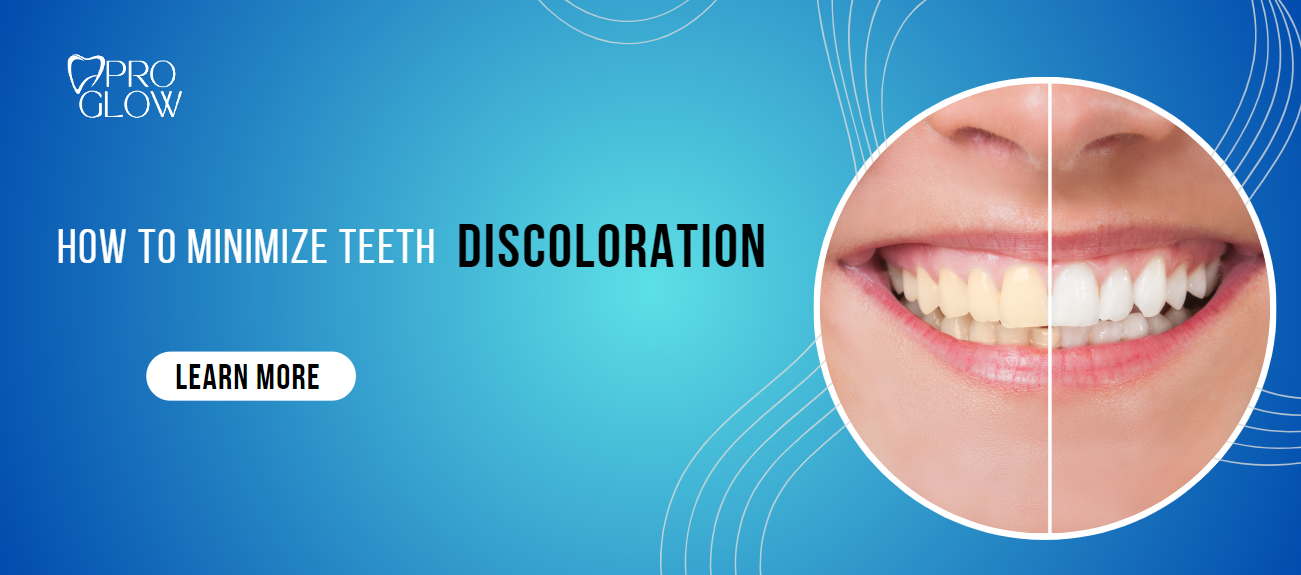Smile increases the face value, they say. Therefore, many people shield away from flashing their precious smiles due to years of coffee and occasional red wine leaving their mark on their teeth. This is when professional teeth whitening services become transformative solutions to restore a radiant smile as well as confidence.
Teeth whitening is a popular cosmetic dental procedure that aims to brighten and rejuvenate your smile. With various treatment options available, from professional in-office sessions to convenient take-home kits, achieving a dazzling smile is more accessible than ever. In this guide, we’ll explore the different types of teeth whitening treatments, highlighting their procedures and benefits. Whether you’re seeking immediate results or a gradual improvement, there’s a whitening solution tailored to your preferences and needs.
What is Teeth Whitening?
Teeth whitening is a popular cosmetic dental procedure designed to brighten and enhance the appearance of teeth. Over time, factors like aging, consumption of staining substances (such as coffee, tea, and tobacco), and certain medications can cause teeth to lose their natural brightness. Teeth whitening procedures work by using specialized agents to remove stains and discoloration, resulting in a whiter, more radiant smile.
Teeth whitening procedures primarily involve the use of a peroxide-based bleaching agent, which penetrates the tooth enamel to break down stains. The process is safe when administered under professional guidance, and it can significantly improve the appearance of teeth, boosting confidence and overall well-being.
Different Types of Teeth Whitening Treatments
Check out the different types of teeth whitening:
In-Office Teeth Whitening
Procedure:
This is a professional teeth whitening treatment performed by a dentist. It involves applying a high-concentration bleaching gel to the teeth and using a special light or laser to enhance the whitening process.
Benefits:
In-office treatments offer quick and highly effective results, often visibly brightening teeth in just one session.
Get professional laser teeth whitening in Toronto for a confident smile.
Take-Home Whitening Kits
Procedure:
These kits are provided by dentists and allow individuals to whiten their teeth in the comfort of their own homes. They typically include custom-fitted trays and a lower-concentration bleaching gel.
Benefits:
While the process takes longer than in-office treatments, it still provides noticeable results. It’s a more convenient and cost-effective option for many individuals.
Over-the-Counter Whitening Products
Examples:
These include whitening toothpaste, strips, gels, and mouthwashes, which are available without a prescription or `es.
Procedure:
These products typically contain lower concentrations of bleaching agents compared to professional treatments. They are used regularly over an extended period.
Benefits:
Over-the-counter products are generally more affordable and accessible. They can help maintain and enhance the results of professional treatments.
Natural Remedies
Examples:
Baking soda, activated charcoal, and hydrogen peroxide are some natural substances people use for teeth whitening.
Procedure:
These remedies involve using household items to create DIY whitening solutions. They are often applied directly to the teeth or used in combination with toothpaste.
Benefits:
While natural remedies may offer some whitening effects, they are generally less predictable and may not be as effective as professional treatments.
10 Benefits of Teeth Whitening Treatment
A bright, radiant smile can leave a lasting impression. It not only boosts your confidence but also enhances your overall appearance. Now that you know how to whiten your teeth in Toronto, here are the benefits of it. Here are ten compelling benefits of teeth whitening treatment:
There’s no denying the power of a confident smile. When your teeth are gleaming, you feel more self-assured. A white, dazzling smile can significantly boost your self-esteem, making you feel more attractive and ready to take on the world with a bright and positive outlook. It’s like wearing your confidence on your face. Therefore, availing of professional teeth whitening services is essential for a beaming smile.
Teeth can accumulate stains and discoloration over time, which can make your smile appear dull and aged. The process of teeth whitening can effectively turn back the clock. By removing these stains, you can achieve a more youthful and vibrant look. It’s like a mini makeover for your smile.
-
Minimizes the Appearance of Wrinkles:
Believe it or not, a bright smile can do more than just dazzle—it can divert attention from facial wrinkles and imperfections. When people see your sparkling smile, their eyes are naturally drawn to it. This makes it an excellent anti-aging tool, helping you look younger and fresher.
-
Enhances Professional Image:
In the professional world, first impressions matter. A bright smile can leave a positive and lasting impression on colleagues, clients, and superiors. It conveys a sense of confidence, good health, and attention to personal grooming. When you smile in the boardroom, you mean business.
-
Creates a Memorable First Impression:
When meeting someone new, your smile is often one of the first things they notice. A dazzling smile can make a powerful and memorable first impression in both personal and professional encounters. People remember a warm and confident smile. It’s your personal signature that speaks volumes. Thus, professional teeth whitening services are pivotal to take care of your teeth.
-
Promotes Oral Hygiene Awareness:
Teeth whitening is not just about aesthetics; it’s also a motivational tool for better oral hygiene. When individuals invest in teeth whitening, it often motivates them to take better care of their oral health. They become more inclined to brush, floss, and visit the dentist regularly to maintain their bright smile. It’s a ripple effect of better health.
-
Boosts Mood and Overall Well-being:
There’s a psychological connection between a bright smile and increased feelings of happiness and well-being. Science has shown that smiling triggers the release of endorphins, which are known as the ‘feel-good’ hormones. When you’re confident in your smile, you’re more inclined to smile more often, which, in turn, enhances your mood.
-
Encourages Social Interaction:
A confident smile encourages social interaction. When you’re proud of your smile, you’re more likely to engage in social activities, attend gatherings, and participate in conversations. You’re not hiding behind closed lips; you’re actively engaging with others. Thus, getting professional teeth whitening services in Toronto is essential to wear your smile in crowd with confidence.
-
Reinforces Positive Habits:
Teeth whitening is an investment in your smile, and it reinforces positive oral hygiene habits. People who have undergone whitening treatments tend to be more vigilant about maintaining their oral health. They’re more likely to brush and floss regularly and schedule those all-important dental check-ups. Teeth whitening sets a precedent for good oral health.
With proper care and maintenance, the results of teeth whitening can last a long time. Avoiding staining foods and beverages, like coffee, tea, and red wine, can help prolong the effects. Regular dental check-ups and periodic touch-ups can ensure that your radiant smile continues to shine for years to come.
Conclusion
Professional teeth whitening services offer a transformative journey towards a brighter, more confident smile. Understanding the various treatment options, from in-office procedures to at-home kits, empowers you to choose the best fit for your preferences and lifestyle. With benefits extending beyond aesthetics to confidence, mood, and oral hygiene awareness, investing in teeth whitening is a step towards overall well-being. Embrace the power of a radiant smile and embark on your path to renewed self-assurance and positivity.








